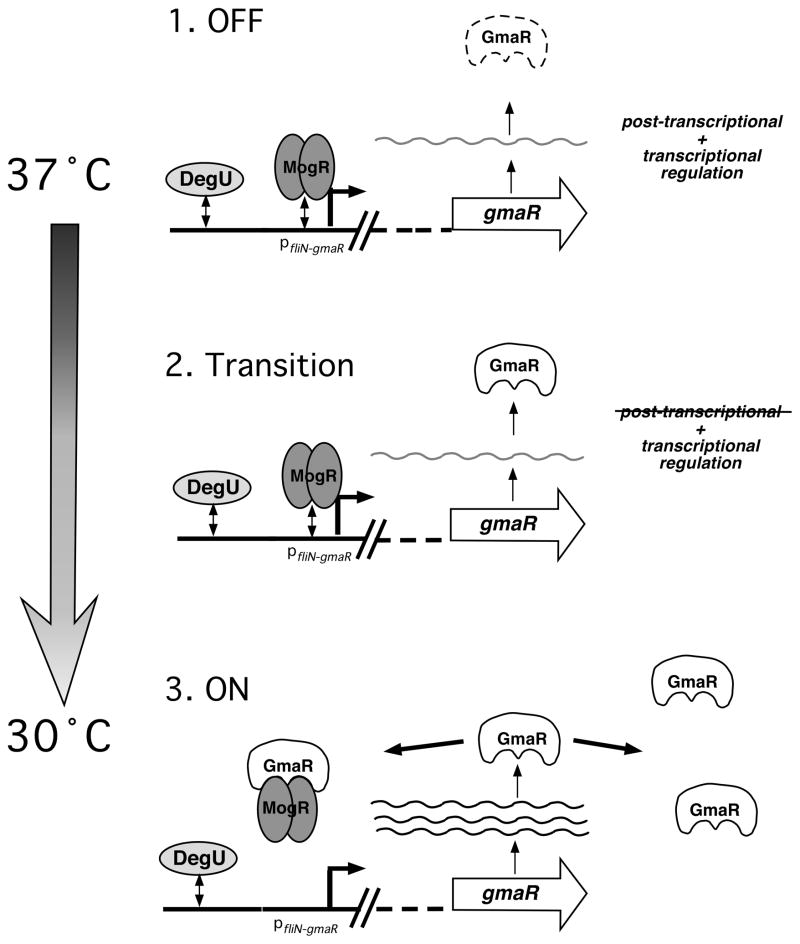Figure 6. Model of temperature-dependent regulation of GmaR expression.
1. OFF: At 37°C, when flagellar motility is OFF, the opposing activities of the MogR repressor and the DegU activator at pfliN-gmaR results in minimal fliN-gmaR transcripts. However, a temperature-dependent, post-transcriptional mechanism inhibits GmaR production.
2. Transition: As the temperature decreases below 37°C, the post-transcriptional mechanism is no longer active, therefore fliN-gmaR transcripts result in GmaR protein production.
3. ON: Once GmaR is expressed at low temperatures, GmaR can remove MogR from the fliN-gmaR promoter, up-regulating transcription of gmaR. Elevated levels of GmaR protein results in the relief of MogR repression from all flagellar motility gene promoters, allowing flagellar motility gene transcription and flagellar motility.

